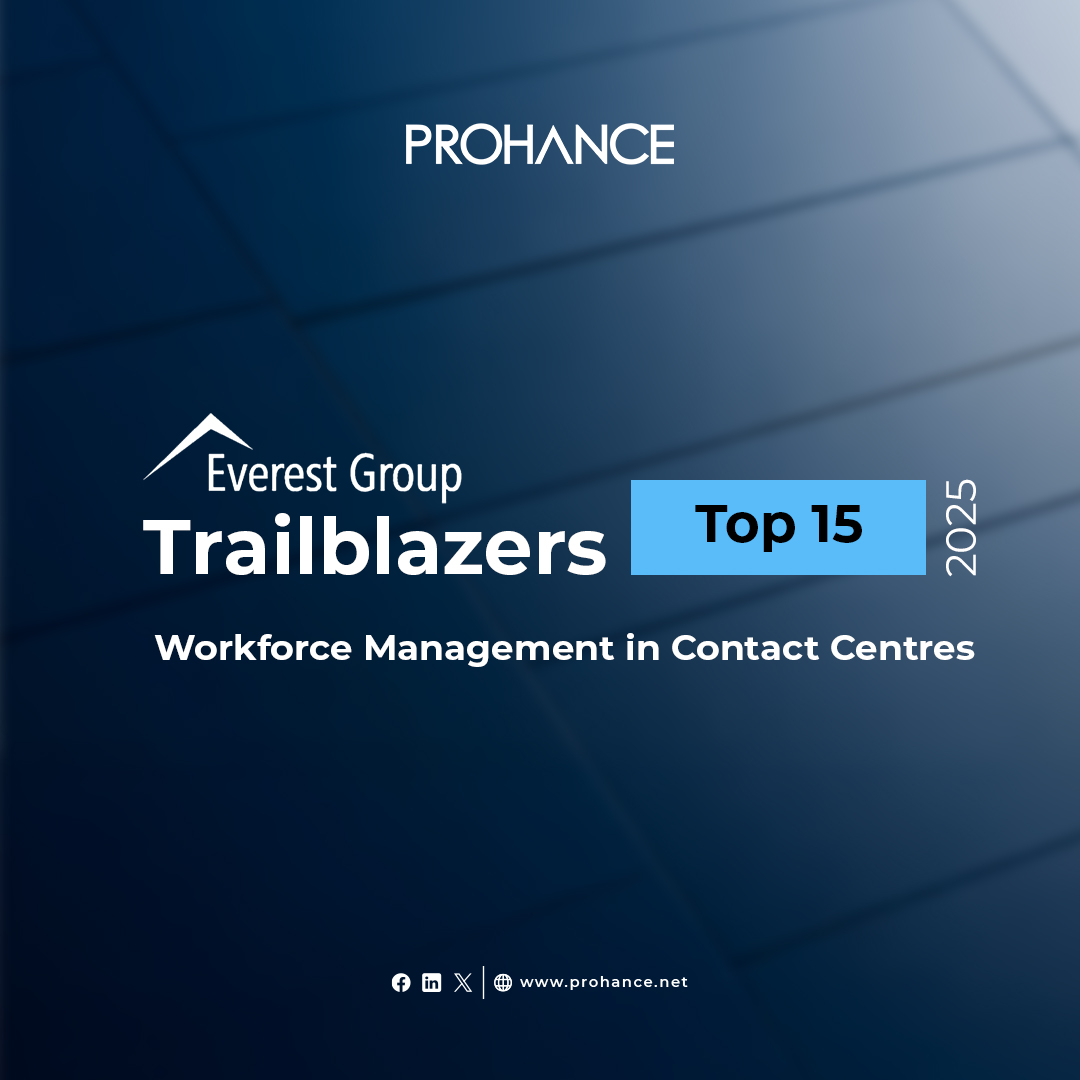What is Demand Forecasting: Importance, Types, and its Role
Table of contents
- What is Demand Forecasting?
- Why is Forecasting Demand Important?
- Types of Demand Forecasting
- How Do You Forecast Demand?
- How to Calculate Demand Forecast?
- Function of Demand Forecasting Software
- Role of Demand Forecasting in Business Operations
- Challenges in Demand Forecasting
- Conclusion
- Frequently Asked Question
The management of a corporation’s staffing needs is critical in today’s rapidly changing corporate environment. Business goals and staffing requirements must be matched by CEOs and managers in order to maintain efficiency.
Here, the demand forecasting model for employees becomes very important since it aids in estimating expected staffing levels in the future. This is achieved by combining data, trends as well as goals set by the organization.
In this blog, we’ll delve deeper into the meaning of demand forecasting, its significance in business operations, and types of demand forecasting. It will also explain how to apply demand forecasting software and how useful it can be.
What is Demand Forecasting?
Demand forecasting is used to cater to gaps, such as estimating how many employees an organization will require in the future to enable it to achieve its set objectives. This type of prediction utilizes a combination of historical data, current trends, and future forecasts.
For instance, a retail business predicting a surge in holiday sales expects a 20% increase in sales, employee demand forecasting can come in handy in estimating the amount of staff needed at that particular time.
Why is Forecasting Demand Important?
Forecasting demand helps to avert understaffing or overstaffing in a business. Here are the major factors that make business forecasting worthwhile:
- Reduces Costs: Over Hiring in order to avoid under-hiring can create wasteful expenditures while under-hiring can negatively impact business productivity.
- Improves Productivity: Through forecasts, companies better allocate human resources and reach targets with ease.
- Enhances Strategic Planning: It aligns staffing plans with long-term organizational objectives.
According to HR.com proper workforce planning leads to 10% cost savings in less than a year.
Types of Demand Forecasting
Different demand forecasting techniques are available for various types of companies:
- Short-Term Projection: Seeking immediate needs for, say, staffing due to an upcoming seasonal sale is the main goal.
- Long-Term Forecasting: Predicts workforce needs over several years, helping in strategic planning.
- Qualitative Forecasting: This form of demand forecasting depends largely on expert opinion and market trend predictions.
- Quantitative Forecasting: A statistical approach to demand forecasting that utilizes past numerical data to estimate demand.
Each type has a specific use case, depending on the organization’s goals and timeline.
How Do You Forecast Demand?
In response to how demand forecasting is done, follow also bear these in mind:
- Data Collection: Obtaining pre-existing employees’ data, estimated market values, and set company objectives.
- Trend Analysis: Identifying seasonal shifts in demand and changes in employment rates to better understand market dynamics.
- Employ Demand Forecasting Model: Decide whether statistical models, regression analysis, or machine learning tools should be utilized.
- Validate Predictions: Compare your predictions against what actually occurred.
Doing all the above steps becomes easier with the implementation of an appropriate demand forecasting model.
How to Calculate Demand Forecast?
The demand can be forecasted by the formula below:
Demand Forecast = (Historical Data) x (Growth Rate) + External Factors
For example:
- A business with 50 employees and a 10% projected growth rate might need 55 employees next year. Adjustments can be made for industry changes or economic trends.
Businesses often rely on demand forecasting software to automate calculations and improve accuracy.
Function of Demand Forecasting Software
A number of the basic functions of demand forecasting software have been made more efficient by modern software platforms:
- Data Integration: Gathers information from a range of sources such as HR databases and other market research information.
- Predictive Analytics: AI features recognize patterns and anticipate future requirements.
- Scenario Planning: It examines various staffing conditions and their effects.
- Real-Time Updates: It provides updated forecasts based on real-time data.
Role of Demand Forecasting in Business Operations
The demand forecasting process has significance in areas that are more than simply working out the number of employees required over a period. Its results will drive:
- Cost Management: It will help prevent the costs that would have been incurred in over-recruiting or under-recruiting employees.
- Employee Satisfaction: Teams will not be underworked and overworked, hence maintaining their morale.
- Growth Planning: Aligns workforce strategies with expansion plans, helping businesses scale effectively.
| Feature | Description |
| Real-time Intelligence | Automatically captures how time is being spent in real-time, creating an enterprise-wide, robust measurement system. This data can help in understanding current workforce utilization. |
| Actionable Analytics | Empowers leaders to make data-driven decisions for smooth operations by providing insights into work patterns and productivity trends. |
| Optimized Workflows | Identifies process inefficiencies and streamlines complex workflows, aiding in better resource allocation. |
| Equitable Workload | Provides visibility into overworked and underutilized teams and resources, ensuring reduced burnout and improved engagement. |
| Advanced Analytics Module | Offers deeper workforce analytics insights using time data over longer periods, helping teams understand associates’ working patterns, time lost to distractions, and productivity trends. |
Challenges in Demand Forecasting
When done properly, demand will deliver positive results. There are, however, some challenges:
- Poor Data: A poor data set results in poor data prediction.
- Fast-Changing Markets: Unanticipated changes in the industry can affect projections of future scenarios.
- Issues in Integration: Bringing together diverse sets of data can be challenging.
Nonetheless, such difficulties can be tackled by employing effective demand forecasting software and conducting regular reviews of processes.
Also Read: Workforce Analytics in Labor Forecasting
Conclusion
An employee demand forecasting system should be a priority for every CEO and manager. It helps determine the size of the labor force needed, thus facilitating cost savings, enhancing productivity, and supporting an effective strategy. Organizations can properly cope with met market changes using demand forecasting software and comprehending the demand forecasting concept. Prediction ability means having data, and tools as well as being proactive. Accurate demand planning is also possible with the right strategies in place.
FAQs: Employee Demand Forecasting
Q1. How do you forecast demand?
To do a demand forecast, first gather data, then determine possible trends, decide on a forecasting model, and then use the forecasted predictions. Here are the steps:
- Gather data from internal and external resources.
- Identify variables such as price or income.
- Select the demand forecasting model
- Plan for the predicated scenarios with the available information
Q2. Why is forecasting demand important?
It assists in cost reduction, increasing productivity, and effective alignment of staffing plans with the organizational objectives.
Q3. How to calculate the demand forecast?
Employ the following formula.
- Demand Forecast = (Historical Data) x (Growth Rate) + External Factors.
The software can assist in carrying out such work automatically.
Q4. What is a demand forecasting model?
A demand forecasting model refers to a method or approach, often statistical or mathematical in nature, that is believed to be useful in anticipating future demands for example employment requirements.
Q5. What is the function of demand forecasting software?
Demand forecasting software automates data collection, predictive analytics, and scenario planning to improve forecast accuracy.






